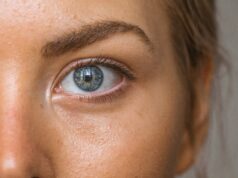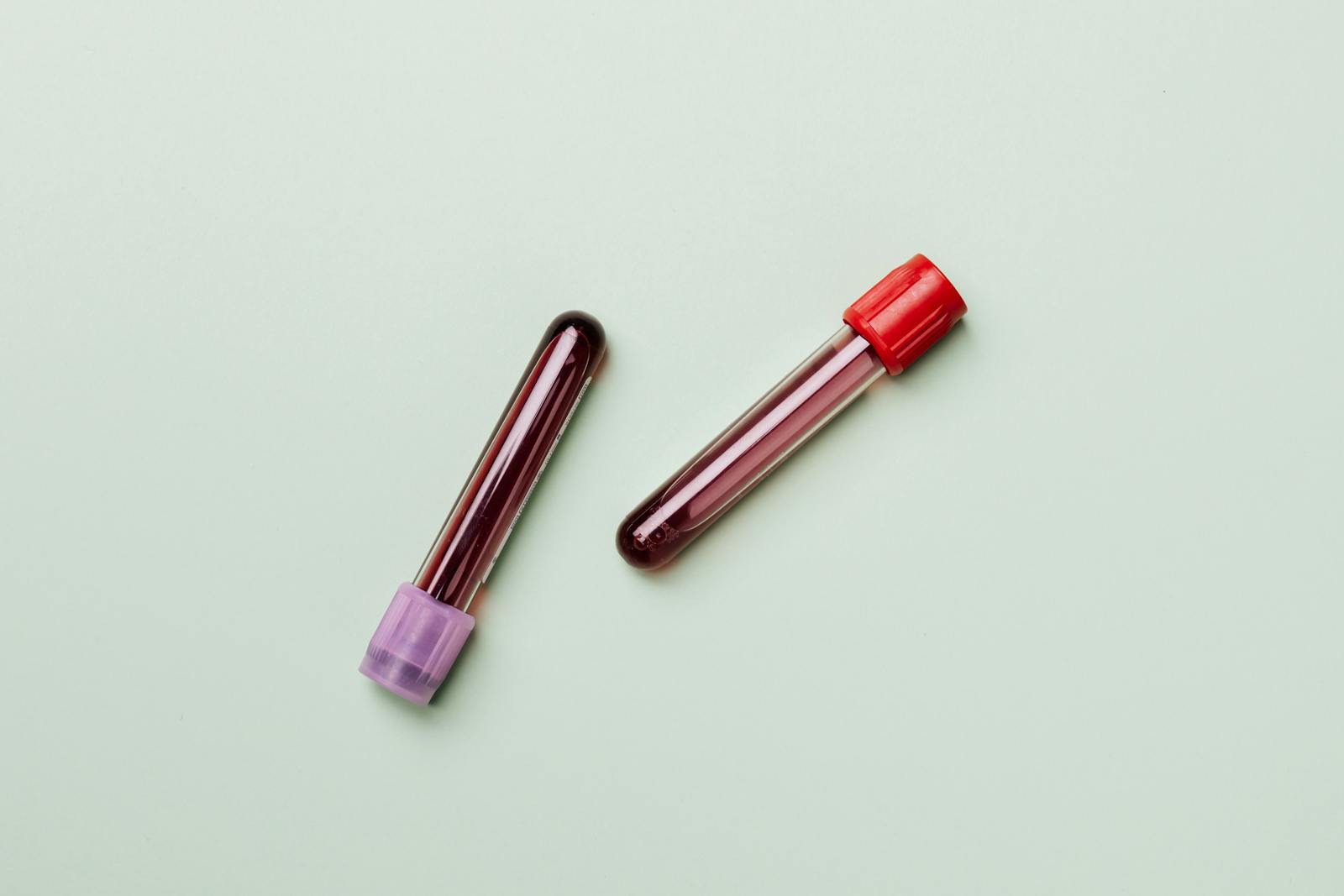Dermal fillers have emerged as one of the most popular non-surgical cosmetic treatments, providing an effective solution for individuals looking to enhance their facial features or combat signs of aging. These injectable treatments offer immediate results with minimal downtime, making them a convenient option for those seeking subtle yet noticeable improvements. In this blog, we delve into the world of dermal fillers, exploring their benefits, types, and essential considerations for anyone contemplating this cosmetic procedure.
Benefits of Dermal Fillers
One of the principal attractions of dermal fillers is their ability to add volume and smooth out wrinkles, contributing to a more youthful appearance. As we age, our skin naturally loses collagen and elasticity, leading to sagging and the formation of wrinkles. Dermal fillers help to counteract these effects by restoring volume to areas such as the cheeks, lips, and under-eye regions. Moreover, they can be used to enhance facial contours, improve symmetry, and even reduce the appearance of scars. With results that can last from six months to over a year, depending on the type of filler used, these treatments offer a long-lasting rejuvenation effect.
Types of Dermal Fillers
There are several types of dermal fillers available, each designed to address specific concerns and areas of the face. The most commonly used fillers include:
- Hyaluronic Acid (HA) Fillers: These are perhaps the most popular type of dermal fillers, known for their ability to attract and retain moisture in the skin. HA fillers are versatile and can be used in various facial areas, including the lips, cheeks, and jawline. Examples include Juvederm and Restylane.
- Calcium Hydroxylapatite Fillers: These fillers are thicker than HA fillers and are often used for deeper lines and wrinkles. They are made from a mineral-like compound naturally found in bones, making them highly biocompatible. Radiesse is a well-known brand in this category.
- Poly-L-lactic Acid Fillers: Primarily used for restoring facial volume lost due to aging, these fillers stimulate collagen production over time. They are not immediate but can lead to gradual and sustained improvements. Sculptra is a common choice for those looking to address facial volume loss.
- Polymethylmethacrylate (PMMA) Fillers: Considered semi-permanent, these fillers consist of tiny PMMA microspheres suspended in a collagen gel, providing longer-lasting results in addressing deep wrinkles and grooves. Bellafill is a prominent brand offering PMMA fillers.
Considerations Before Choosing Dermal Fillers
Before opting for dermal fillers, it is crucial to consult with a certified and experienced healthcare professional. A thorough consultation can help determine the most suitable type of filler for your specific needs and desired outcomes. Discuss potential risks or side effects, such as swelling, bruising, or allergic reactions, although these are typically mild and temporary. Additionally, understanding the longevity of different fillers can help manage expectations regarding results and maintenance.
It’s also important to verify that the products used are FDA-approved and safe. Consideration should be given to the practitioner’s expertise, as the technique and precision of the procedure significantly influence the results.
Dermal fillers offer a versatile and highly effective solution for individuals seeking to enhance their features or reduce signs of aging. With various types available, each suited for different cosmetic goals, they provide a customizable approach to achieving a rejuvenated appearance. By carefully considering your options and consulting with a skilled professional, you can ensure safe and satisfying results. Whether you’re looking to restore volume, smooth out wrinkles, or enhance your natural features, dermal fillers can be a valuable tool in your aesthetic toolkit.













